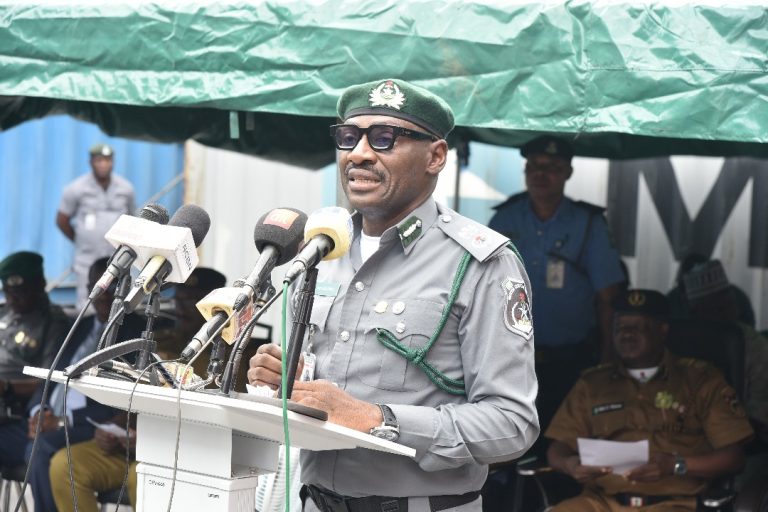- Mosul battle rages as IS bombings elsewhere in Iraq kill 20
Besieged east Aleppo is braced for a fierce bombardment by Russian and Syrian aircraft as rebel forces intensify their efforts to break the siege using suicide attackers and heavy artillery.
The attacks have claimed dozens of lives in western Aleppo, normally far less dangerous than the rebel-held east, according to the Syrian Observatory for Human Rights.
On the other side of the barricades there is a sense of apprehension in the shattered streets of east Aleppo, as hopes that the siege might be broken mingle with fear of the impending attacks.
“There has been movement, people have been going to the markets even though they are empty of food and vegetables, but they’re going out. Kids are coming to the side streets to play with their friends,” said Omar Arab, a local journalist in east Aleppo.
“When the bombing stops, they go out because they’re suffocating from the bombardment. But when the regime waits for a couple of days they make up for it by carrying out massacres.”
The assault on the west of the city came at the same time as a relative lull in air strikes inside heavily bombed eastern areas as the government of President Bashar al-Assad and his supporters tried to tempt civilians in opposition-held areas to leave through “safe passage” corridors.
Leaflets dropped from the air and text messages to residents of opposition-held areas urged them to leave during the break in hostilities, and warned that those who stay “will be annihilated”.
But even those who would like to leave the hungry and dangerous east are distrustful of promises from the government, which has imprisoned, murdered, tortured and caused the disappearance of tens of thousands of opponents since Syria slid into civil war.
Almost no one came through the corridors, which opposition fighters said were not actually safe. Now those living in the besieged areas are bracing for fresh attacks, with the arrival of a Russian frigate armed with cruise missiles adding to apprehension.
Among those preparing for an attack are doctors and other medical workers. Hospitals have been repeatedly targeted by government-led air strikes. The Syrian regime says that rebels use them as military bases, turning medics and patients into human shields, a claim which doctors reject.
“It’s totally untrue. We’ve showed photos of the whole hospital, we even had American doctors here,” said Mohammad Abu Rajab, a hospital director, recently injured in a bombing.
The ruins of bombed hospitals have been extensively videoed and photographed, and none of the footage has ever included weapons or parts of them.
“They lie until people believe them. Weapons in the hospitals? What weapons? We are treating people, it has an operation room, an intensive care unit, beds, a patient wing.”
There are thought to be between 200,000 and 300,000 civilians still living under siege in east Aleppo, which has endured years of barrel bombing from government troops and more recently attacks with bunker-buster bombs, napalm and chemical weapons.
“We expect everything from Russia,” said one former official from Ahrar al-Sham, a hardline Islamist group also fighting in Aleppo. “There isn’t a type of weapon that hasn’t been used by either the Russians or the Assad regime, including chlorine gas. Do they have anything else?”
The UN’s Syria envoy Staffan de Mistura warned last month that east Aleppo could be destroyed by Christmas, and called on the world to intervene to avoid “another Rwanda, another Srebrenica”.
He offered to personally go to the city and escort out the jihadi factions that Russia and Assad’s government say control the east, and insist are their main targets.
But while the push to break the siege has been led by Jabhat Fateh al-Sham, until recently allied to al-Qaida and which shares much of its world view, more moderate groups say that it does not control the city.
“The entire strength is with the Free Syrian Army in Aleppo, they are the ones in control in Aleppo, and they are from Aleppo,” said Sharif al-Halabi, a spokesperson for Fastaqim, one of the main rebel factions in the city’s east.
He said that the opposition still had the support of most people in the city, pointing out that they had chosen to stay as government troops tightened control of areas around Aleppo, even after the siege was briefly broken in the summer.
“Of course under bombardment people are going to be restless and complain, but the fact of the matter is the majority of those who live in the liberated areas are with the Free Syrian Army despite the siege.”
In the meantime, Iraq’s special forces worked Sunday to clear neighborhoods on the eastern edge of Islamic State-held Mosul as bombings launched by the extremist group elsewhere in the country killed at least 20 people.
The Mosul offensive has slowed in recent days as Iraqi forces have pushed into more densely populated areas, where they cannot rely as much on airstrikes and shelling because of the risk posed to civilians, who have been told to stay in their homes.
“There are a lot of civilians and we are trying to protect them,” said Lt. Col. Muhanad al-Timimi. “This is one of the hardest battles that we’ve faced till now.”
Some civilians are fleeing the combat zone, while IS militants are holding others back for use as human shields, making it harder for Iraqi commanders on the ground to get approval for requested U.S.-led coalition air strikes. Iraq’s special forces are some of the country’s best troops, but they still largely rely on air support to clear terrain.
Iraqi forces first entered the eastern edge of the city on Tuesday. On Friday, forces began pushing into Mosul proper, but so far have advanced just over a kilometer (mile) into the city.
On the southern front, Iraqi forces are still some 12 miles (20 kilometers) from the city center. The fighting is centered on the town of Hamam al-Alil, where Associated Press journalists could hear gunfire and saw attack helicopters firing on IS positions.
Kurdish peshmerga fighters launched mortar rounds and fired heavy artillery at the IS-held town of Bashiqa, about 8 miles (13 kilometers) northeast of Mosul. The town, which is believed to be largely empty except for IS militants, has been encircled by Kurdish forces.
The extremists captured Mosul and surrounding areas in 2014, and have had plenty of time to dig trenches, block off roads and mine approaches to the city.
“Daesh dug trenches that they filled with water and they have a lot of suicide attackers and car bombs,” said al-Timimi, using the Arabic acronym for the IS group.
The extremists meanwhile struck far from the front lines with a series of bombings.
The deadliest attack took place in the city of Samarra, 60 miles (95 kilometers) north of Baghdad, which is home to a major Shiite shrine. Provincial spokesman Ali al-Hamdani said the attacker set off a bomb-packed ambulance in a parking lot near Shiite pilgrims before detonating his explosives vest.
The attack killed 11 people, including at least four Iranians, and wounded up to 100 other people.
Another suicide attacker rammed an explosives-laden car into a busy checkpoint outside the city of Tikrit, killing at least nine people. Al-Hamdani said five female students, a woman and three policemen were killed in the attack, while 25 others were wounded.
IS had also captured Tikrit during its lightning blitz across Iraq in the summer of 2014. Iraqi forces drove the militants from the city, around 80 miles (130 kilometers) north of Baghdad, in April 2015.
Iran’s Foreign Ministry spokesman, Bahram Ghasemi, condemned the two attacks, which he said had killed 21 people, including 10 Iranian pilgrims, the semi-official Mehr news agency reported. It was not immediately possible to reconcile the conflicting tolls, which are common in the chaotic aftermath of attacks.
In an online statement, IS claimed all three bombings and said the ambulance bomb was set off by a second suicide attacker. The AP could not verify the authenticity of the statement, which was posted on a militant website commonly used by the extremists.
In the capital, Baghdad, a series of smaller bombings killed at least 10 people and wounded 21 others, according to police and medical officials, who spoke on condition of anonymity because they were not authorized to brief reporters. No one immediately claimed the attacks, but they bore the hallmarks of IS.
Guardian with additional report from MSN


















